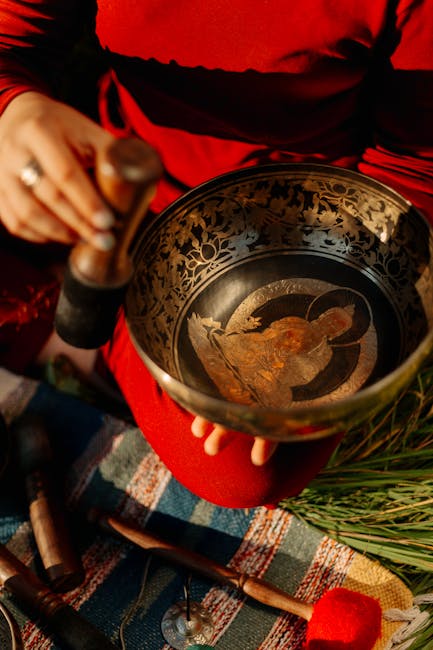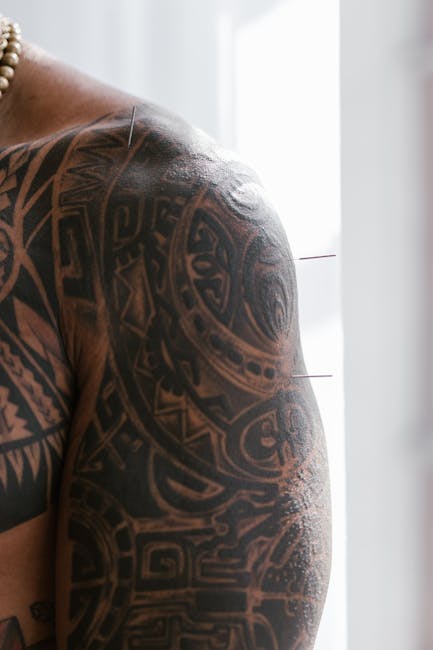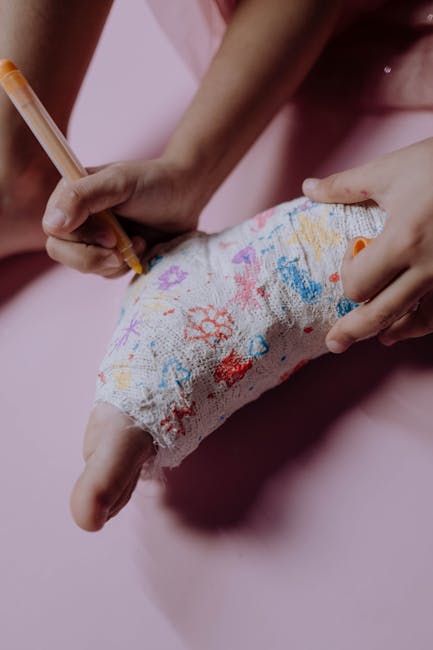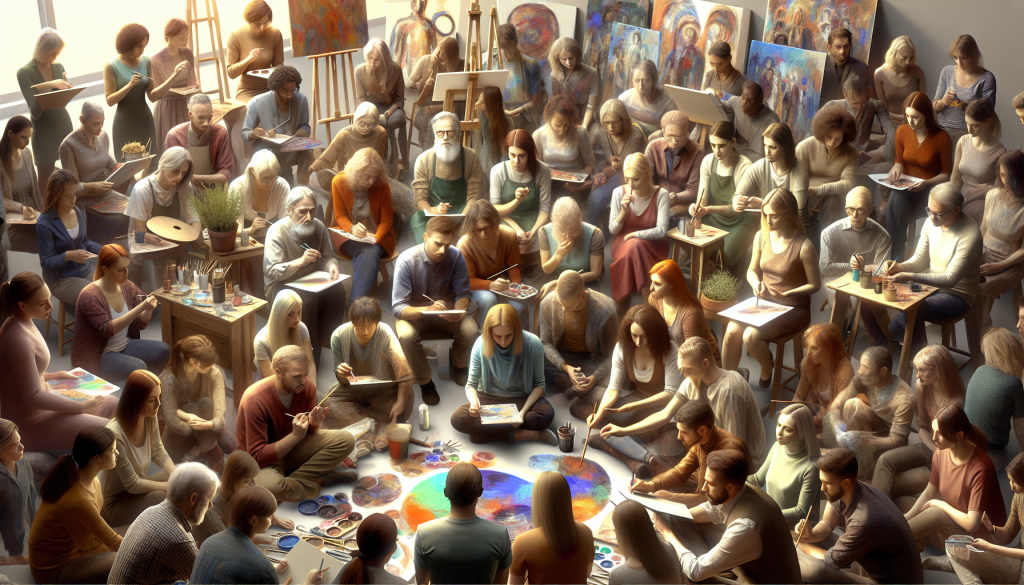How Can Art Therapy Aid In Processing Grief?
Grief is a heavy, complex emotion that can feel like a storm cloud hovering over your life. Art therapy offers a creative and healing way to navigate through this storm, helping individuals process their emotions and find a sense of peace.
By combining artistic expression with therapeutic guidance, art therapy provides a safe space to explore feelings that are often too difficult to put into words.
If you or someone you know is struggling with grief, keep reading to discover how this unique approach can transform pain into healing.
Key Takeaways
Art therapy uses creative activities to help people process emotions and heal from grief.
It provides a non-verbal outlet for expressing feelings that are hard to articulate.
This therapy can promote emotional healing, self-discovery, and a sense of empowerment.
Activities like drawing, painting, and journaling are commonly used to explore grief.
Art therapy is a valuable tool for anyone struggling with prolonged sadness or difficulty coping with loss.
Introduction to Art Therapy and Grief
Definition of Art Therapy
Art therapy is a form of psychotherapy that uses artistic activities—like drawing, painting, or sculpting—as a way to explore emotions and improve mental well-being.
It’s not about creating a masterpiece; it’s about expressing yourself freely and authentically.
The focus is on the process, not the product.
Overview of Grief and Its Emotional Impact
Grief is a natural response to loss, but it can feel like an emotional rollercoaster.
It brings waves of sadness, anger, confusion, and even guilt.
For some, these feelings can become overwhelming, making it hard to function in daily life.
Grief doesn’t follow a timeline, and everyone experiences it differently.
Connection Between Art Therapy and Grief Processing
Art therapy bridges the gap between emotions and expression.
When words fail, art becomes the voice.
It allows individuals to process their grief in a way that feels safe and personal.
Through creative activities, people can confront their pain, honor their memories, and begin to heal.

Benefits of Art Therapy in Grieving
Providing a Creative Outlet for Expression
Exploring Emotions Through Artistic Mediums
Grief can feel like a tangled ball of yarn—messy and hard to unravel.
Art therapy helps untangle these emotions by giving them a visual form.
Whether it’s through painting a stormy sky or drawing a broken heart, art allows individuals to externalize their feelings.
Reducing Emotional Overwhelm
Sometimes, grief feels like a tidal wave, threatening to pull you under.
Art therapy acts as a life raft, offering a way to release pent-up emotions without being consumed by them.
It’s a gentle, non-threatening way to process pain.
Facilitating Emotional Healing
Processing Feelings of Loss
Creating art can be like opening a window in a stuffy room—it lets the air in.
By engaging in creative activities, individuals can confront their loss and begin to make sense of it.
This process can be deeply cathartic and healing.
Promoting Self-Discovery and Acceptance
Grief often forces people to reevaluate their identity and purpose.
Art therapy encourages self-reflection, helping individuals discover who they are in the wake of loss.
It fosters acceptance and a renewed sense of self.
Encouraging a Sense of Control and Empowerment
Grief can make life feel chaotic and unpredictable.
Art therapy provides a sense of structure and control.
By creating something tangible, individuals regain a feeling of agency over their lives.

How Art Therapy Works in Grief Processing
Understanding the Therapeutic Process
Role of the Therapist in Guiding Sessions
An art therapist acts as a guide, creating a safe and supportive environment for exploration.
They don’t judge your art; instead, they help you uncover the emotions and meanings behind it.
Techniques Used to Explore Emotions
Art therapists use various techniques, such as guided imagery, free drawing, or thematic projects, to help individuals delve into their feelings.
These methods are tailored to each person’s needs and comfort level.
Activities Commonly Used in Art Therapy
Drawing and Painting
These activities are like opening a diary, but instead of words, you use colors and shapes.
They’re perfect for expressing emotions that feel too big for language.
Sculpting and Collage-Making
Working with clay or creating a collage can be incredibly grounding.
These hands-on activities engage the senses and provide a tactile way to process grief.
Journaling with Visual Elements
Combining words with drawings or photos can create a rich, multi-layered narrative of your grief journey.
It’s a way to document your feelings and track your progress over time.

Recognizing the Need for Grief Therapy
Signs That Indicate Difficulty Coping with Grief
Prolonged Sadness or Emotional Numbness
If grief feels like a permanent shadow, it may be time to seek help.
Art therapy can provide a light in the darkness.
Struggles with Daily Functioning
When grief interferes with work, relationships, or self-care, it’s a sign that additional support is needed.
Art therapy offers a gentle way to address these challenges.
How Art Therapy Can Address These Challenges
Providing a Safe Space for Emotional Exploration
Art therapy creates a judgment-free zone where individuals can express their feelings without fear.
It’s a space to be vulnerable and honest.
Helping Individuals Find a New Path After Loss
Through creative expression, people can begin to envision a future beyond their grief.
It’s not about forgetting; it’s about finding a way to move forward.

The Healing Journey Through Art Therapy
Exploring Feelings of Loss and Finding Meaning
Reconnecting with Memories in a Healthy Way
Art therapy allows individuals to honor their loved ones through creative tributes.
It’s a way to keep their memory alive while finding closure.
Building Resilience Through Creative Expression
Every brushstroke or pencil line is a step toward healing.
Art therapy helps build emotional resilience, making it easier to face life’s challenges.
Addressing the Question of Feeling Whole Again
Developing a Renewed Sense of Self
Grief changes you, but it doesn’t have to define you.
Art therapy helps individuals rediscover their strengths and passions.
Embracing Hope and Moving Forward
Through art, people can find hope—a glimmer of light at the end of the tunnel.
It’s a reminder that healing is possible.
Getting Started with Art Therapy for Grief
Finding a Qualified Art Therapist
Look for a licensed professional with experience in grief counseling.
Many therapists offer consultations to see if their approach feels right for you.
Exploring Options for In-Person or Online Sessions
Art therapy is accessible in various formats, from one-on-one sessions to virtual workshops.
Choose the option that best fits your needs and comfort level.
Preparing for the First Session and Setting Goals
Before your first session, think about what you hope to achieve.
Are you looking to process specific emotions or simply find a creative outlet?
Setting goals can help guide your journey.

Conclusion
Recap of the Benefits of Art Therapy for Grief
Art therapy offers a powerful way to process grief, providing a creative outlet for emotions, fostering healing, and promoting self-discovery.
It’s a gentle yet effective tool for navigating the complexities of loss.
Encouragement to Consider Art Therapy as a Healing Tool
If you’re struggling with grief, consider giving art therapy a try.
It’s not about being an artist; it’s about finding a way to heal.
Final Thoughts on the Transformative Power of Creative Expression in Grief Processing
Grief is a journey, and art therapy can be a compass, guiding you toward healing and hope.
Through creative expression, you can transform pain into something meaningful and beautiful.
For more insights on coping with grief, check out this guide on art therapy and loss (source).
You might also find this article on healthy ways to cope with grief helpful (source).
And if you’re curious about other transformative approaches, explore how grief can become a source of strength (source).
FAQ: How Can Art Therapy Aid In Processing Grief? Discover the Healing Power of Creativity
What is art therapy and how does it work?
Art therapy is a therapeutic practice that uses creative expression, such as drawing, painting, or sculpting, to help individuals process emotions and experiences. It provides a non-verbal outlet for feelings, making it especially effective for those who find it difficult to articulate their grief in words.
Why is art therapy effective for processing grief?
Art therapy allows individuals to express and explore their emotions in a safe and supportive environment. Grief can be overwhelming, and creating art can help externalize and process these feelings, offering a sense of relief and understanding over time.
Do I need to be an artist to benefit from art therapy?
Not at all! Art therapy is about the process, not the final product. You don’t need any artistic skills or experience to benefit. The focus is on self-expression and emotional healing, not on creating a masterpiece.
What types of art activities are commonly used in grief-focused art therapy?
Common activities include drawing, painting, collage-making, sculpting, and journaling. These activities are tailored to the individual’s needs and can help explore memories, emotions, and personal growth related to their grief journey.
Can art therapy be used alongside other forms of therapy?
Yes, art therapy can complement other therapeutic approaches, such as talk therapy or group counseling. It can provide additional tools for self-expression and healing, enhancing the overall therapeutic experience.
Is art therapy suitable for all ages?
Absolutely! Art therapy is effective for children, teens, and adults. It can be adapted to suit different age groups and developmental stages, making it a versatile tool for processing grief across the lifespan.
How long does it take to see results from art therapy?
The timeline varies for each individual. Some people may feel a sense of relief after just a few sessions, while others may require ongoing therapy to fully process their grief. The journey is unique to each person’s needs and experiences.
Can art therapy help with other emotions related to grief, like anger or guilt?
Yes, art therapy can help address a wide range of emotions associated with grief, including anger, guilt, sadness, and confusion. By creating art, individuals can explore and release these feelings in a constructive and healing way.
How do I find a qualified art therapist?
To find a qualified art therapist, look for professionals who are certified or registered with recognized art therapy organizations, such as the American Art Therapy Association (AATA) or equivalent bodies in your country. Many therapists also list their credentials and specialties online.
Can I practice art therapy on my own, or do I need a professional?
While self-directed art activities can be therapeutic, working with a trained art therapist provides guidance, structure, and deeper insights into your grief. A professional can tailor the experience to your needs and help you navigate complex emotions more effectively.



